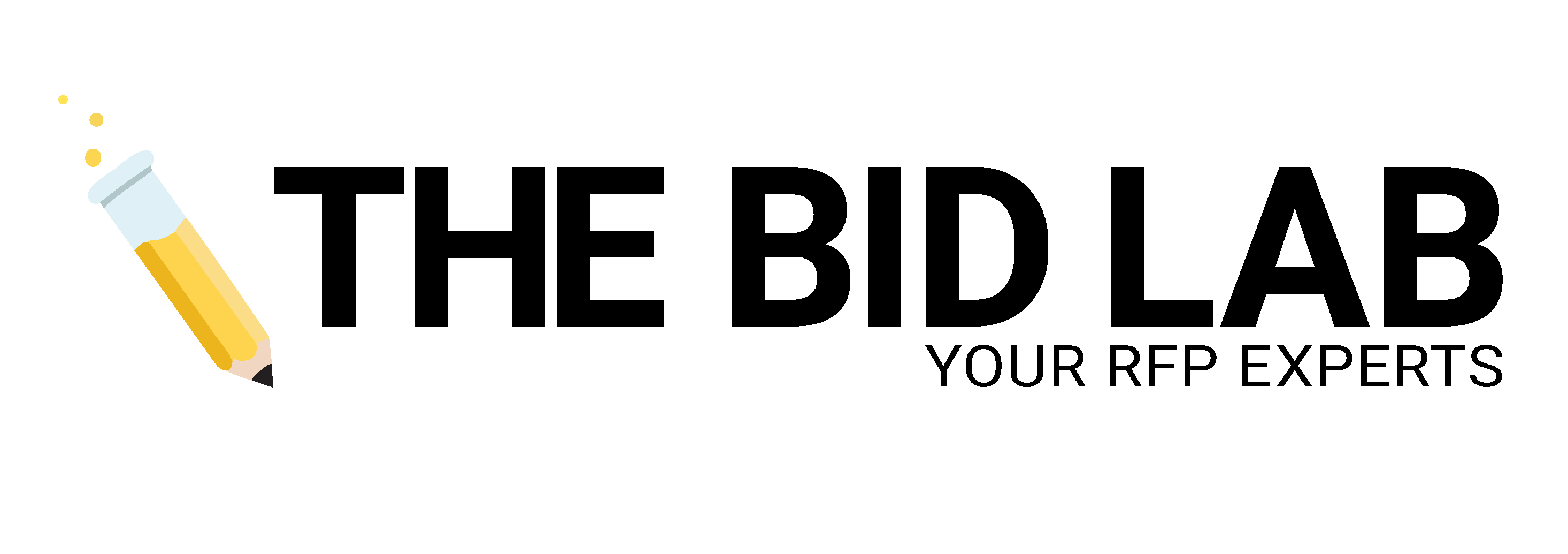5 New Tech Trends Impacting How Companies Should Approach RFP Responses


In the proposal industry, automation represents a future characterized by better quality and less painful RFP responses. And we’re nearer than ever before to achieving this goal. As companies are aiming to submit more bids in a shorter period of time, they’re looking to RFP technology as a means of analyzing data, shortening man-hours, and simplifying the process. This technology will help to bring proposal writers closer to the people and content they’ll need to be successful. Here are five modern RFP response trends on the horizon that will forever transform the way you respond to bids.
Artificial Intelligence in RFP Responses
We can’t talk about modern RFP response trends without talking about Artificial Intelligence (AI). Although it’s mainly associated with scientific fields, AI may, in fact, be the perfect tool to help you automate proposal tasks. In the next few years, we’re going to see it make a huge impact on RFP responses and security questionnaires. It has the potential to significantly speed up many of the tasks that consume proposal writers’ precious time.
As you go through an RFP, there are bound to be simple questions you’ve answered hundreds of times before, asking for details like your company name, number of employees or years in operation. Instead of writing this same information over and over again, AI accesses and inputs it from previous proposals. Better yet, the technology gets “smarter” over time by learning from you. The more you teach the AI about the type of content you regularly use, the more accurate your results. Bear in mind, though, in its current state, AI is not a replacement for a human RFP writer.
Content Libraries and Repositories
Gone are the days of keeping your RFP content in a mess of different files on your computer. No one wants to dig through hundreds of pages of content trying to find one answer. The solution to a more organized RFP process is content libraries and repositories. However, the development of user-friendly content libraries has remained challenging until recently. Data has been difficult to parse through due to varying formatting and language in documents.
In the next few years, we’ll start to see easily adoptable solutions for this long-awaited technology. Content will be located in a centralized location that’s simple to find. You’ll be able to search for a phrase or text (with the help of AI) and insert it into new RFP responses. User-friendly content libraries are easily one of the top modern RFP response trends to look out for. After all, there will be less pressure on teams to keep track of content because technology is doing the job for them.
Increased Internal Collaboration
As RFP technology perpetually consolidates and condenses the tasks proposal teams perform, individual departments are communicating and collaborating more than ever before. Of course, the RFP process must reflect this trend. Collaboration should include contributors, SMEs, the pricing team and bid managers to create a holistic and robust picture of your company.
However, this level of collaboration will expand to include more than just the people contributing to an RFP. In addition to the RFP process itself, there’s a call to bring together entire data systems to inform content. For example, companies must integrate CRM and CPQ systems to provide an accurate image of customer data. When proposal teams can use data analytics from the latest customer information in a CRM, they can have new insight into relevant details going into the RFP process. It’s this high-level, strategic thinking that pushes the boundaries of RFP technology.
Automated Design Templates
It’s not just the proposal writing process that benefits from technological advances in automation. Developing a design template and addressing the complexities that come with it, like adjusting formatting and creating graphics, is often tedious. As such, there’s a high demand for design software that creates pre-formatted, reusable and adjustable design templates. Although helpful, programs like Microsoft Word and Adobe InDesign don’t provide the collaborative capabilities necessary in today’s proposal industry.
Design software, obviously, is not new in the slightest. Programs tailored specifically to developing RFP response templates, however, are still somewhat of a challenge to find. This could be due to differences in the structures of various RFPs. Some proposals, like those that are common for software development, consist almost entirely of spreadsheets and feature very little design. In the near future, though, we expect to see more design software emerging with RFP-specific functionalities and customizations.

RFP Tracking
Often, companies write RFPs under the impression that the process is over and done after they submit a proposal. This couldn’t be further from the truth. Tracking your RFP responses provides a holistic view of your success and better insight into your sales team. It allows you to analyze important data like the time you spend on each proposal and how many bids you win. Ultimately, having access to this information can help you better shape your process and invest in RFP technology that’s worthwhile.
Although some RFP automation tools on the market include RFP tracking as part of their supported features, they’re usually limited to simple analytics about your win rate, client behaviors and team participation. To get a more complete picture of your data, Microsoft Excel, Google Sheets and time-tracking software that can compile data charts are all viable options. For example, some helpful data to track might include client industry, client location, key dates (proposal due dates, client decision dates, etc.), types of services requested and bid status.
As you can see, there’s no need to worry about robots phasing out your job anytime soon. The focus of new tech trends in the RFP industry isn’t to automate the entire process but to shorten tedious tasks that cause inefficiencies. After all, RFP responses always need a human touch. And as long as RFPs continue to be evaluated by real humans, this is bound to remain unchanged.
You Don’t Have to Create RFP Responses Alone
Here at The Bid Lab, technology and people work together in harmony to create winning proposals for our clients. We understand that it can be difficult to know which automation tools are worth investment and which are wasting your money. Our proposal writers and managers can help guide you through the RFP process using strong project management and tools with proven value. Reach out for a free consultation by calling 1-844-4BIDLAB or emailing respond@thebidlab.com.
